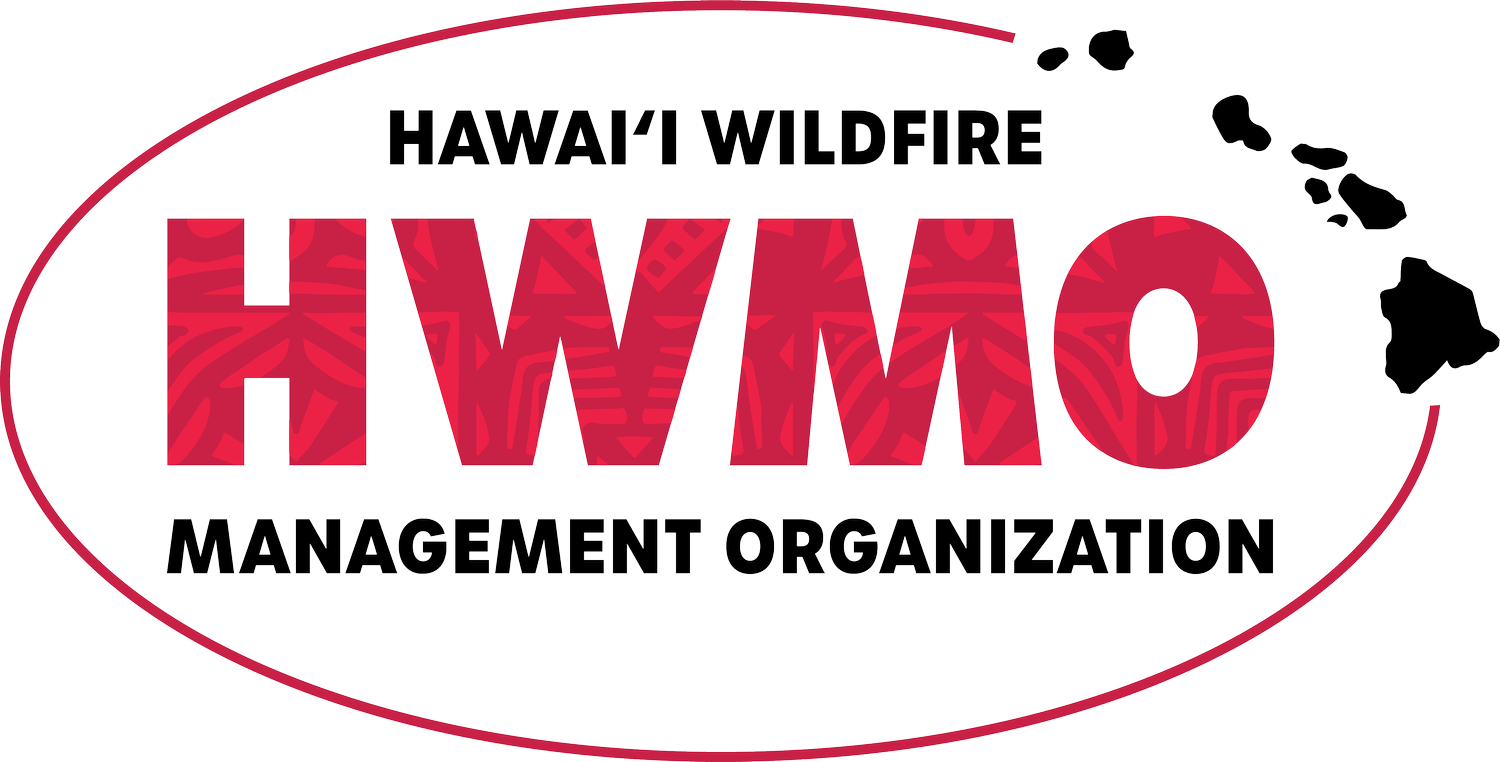Conditions Ripe for Explosive Wildfire Season in Southern California
"Jim Kilgore of San Bernardino runs from a ball of flame. (Gina Ferazzi/Los Angeles Times)"
All it takes is one spark. The phrase has gained more and more meaning each year across the globe. From Hawaii to Southern California, a combination of droughts and winds and abnormal weather spurred by El Niño may have a dramatic effect on fire behavior this fall/winter.
Here's a great article about the enormous effect the Santa Ana winds have on dangerous fire behavior in Southern California (and how it will most likely be worse this year.)
"'That's the scary part of the Santa Anas. They blow from the source into where people live. That wasn't necessarily true 50 years ago. But people more and more are living in what I call 'Santa Ana corridors,' ' said William Patzert, climatologist for NASA's Jet Propulsion Laboratory in La Cañada Flintridge.
While non-Santa Ana fires tend to burn in more remote areas, such as national forests and rugged wild lands, Santa Ana fires descend on more populated areas including along the coast, where higher property values and more residents are at stake, said Yufang Jin, assistant professor at UC Davis' Department of Land, Air and Water Resources and lead author of the study...
Fires in Southern California will only get more intense with climate change, according to the UC study. The study projects that by mid-century, as the region gets hotter and drier, non-Santa Ana fires will increase 77%, and Santa Ana fires by 64%...
Santa Anas also tend to generate more 'firebrands,' or small burning embers that get cast into the air and spark more blazes ahead of the fire, Sapsis said. They tend to start fires that burn nearby homes...
'With these extreme conditions, it literally does just take a spark,' she said. 'If we could take that out of the equation, we're going to be in a much better position.'"



